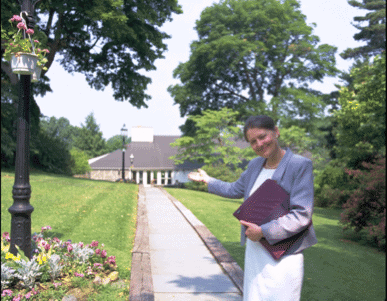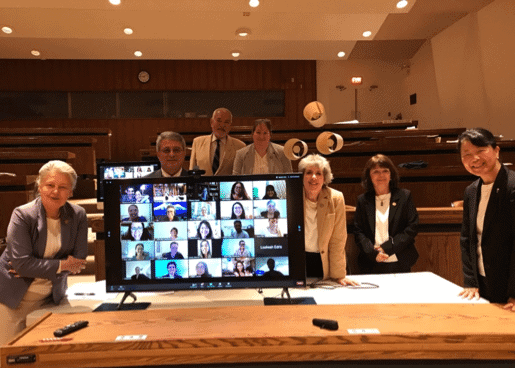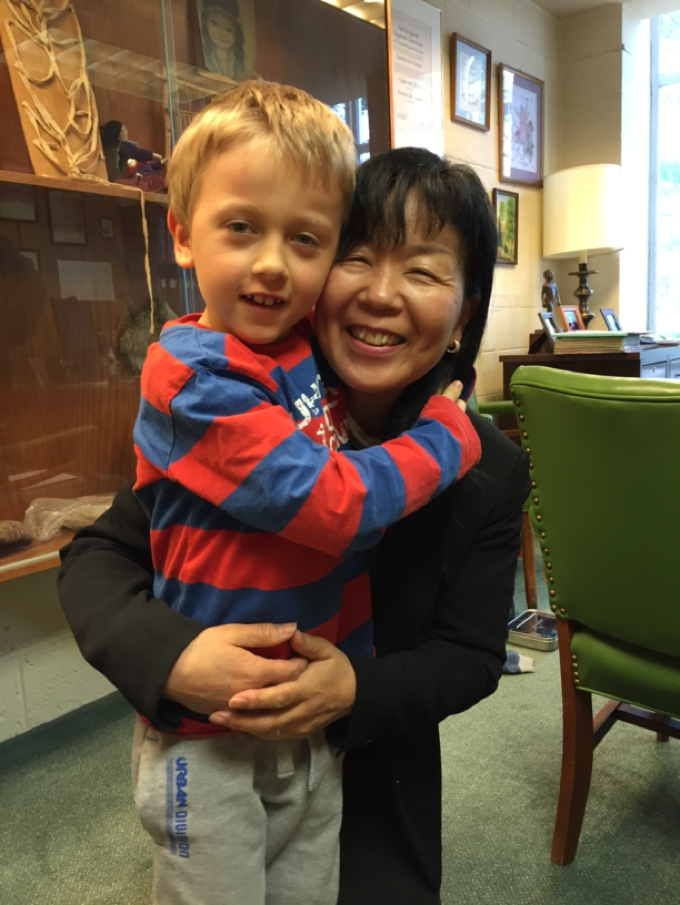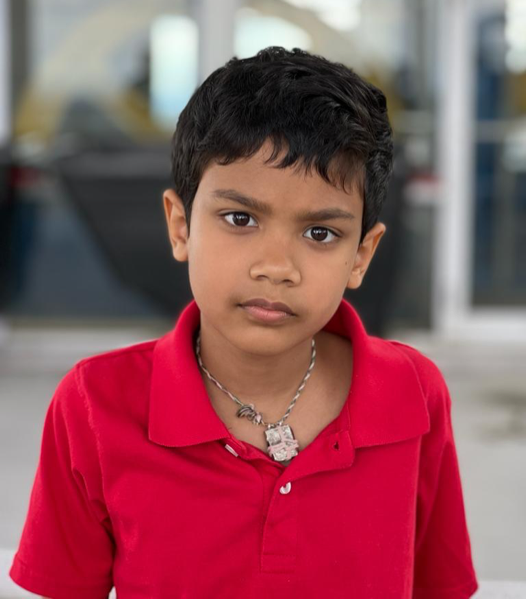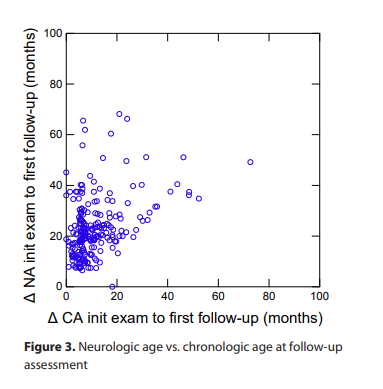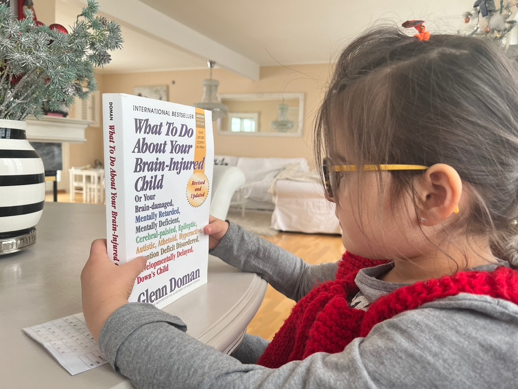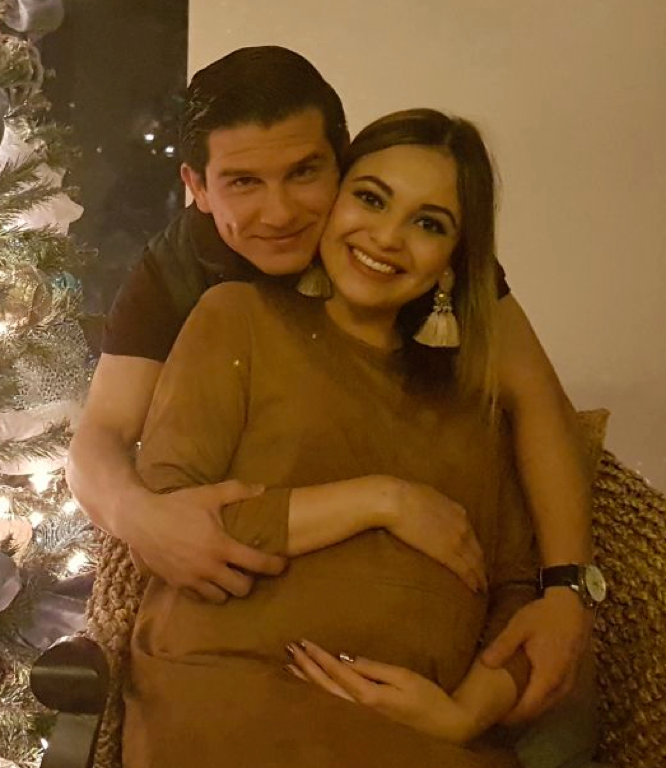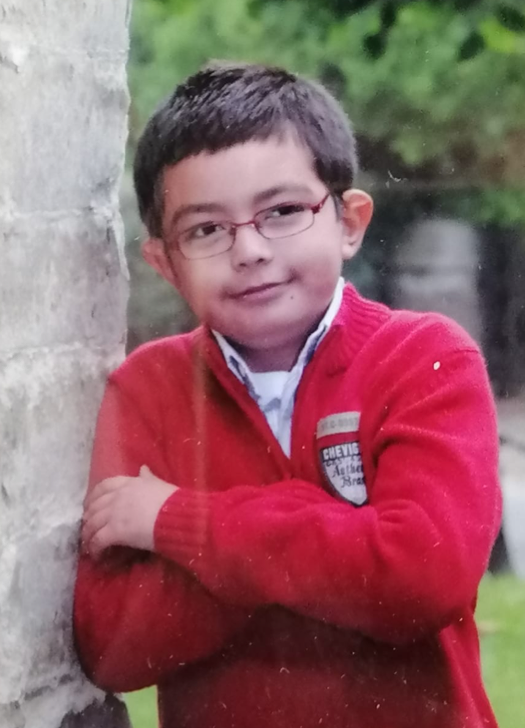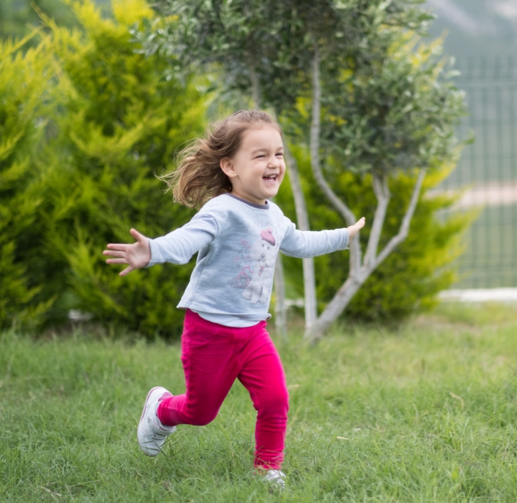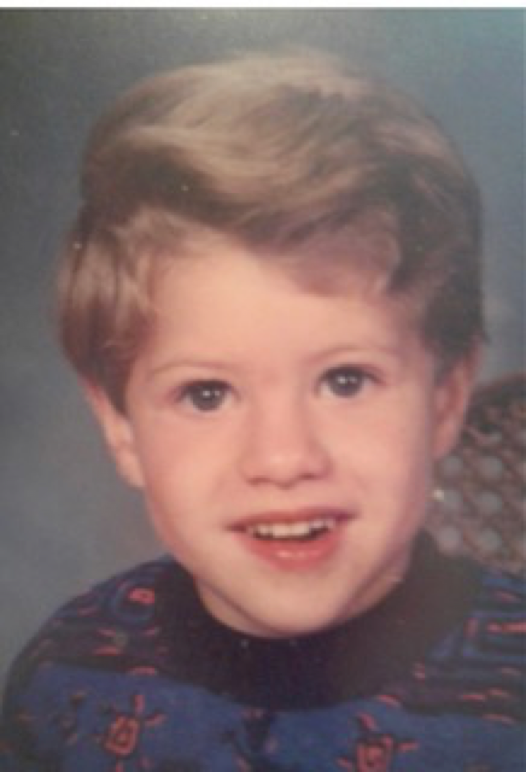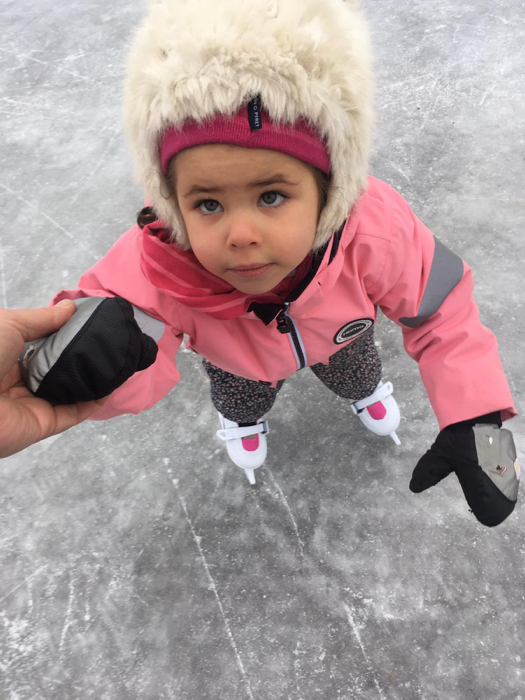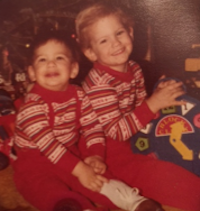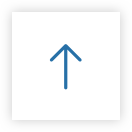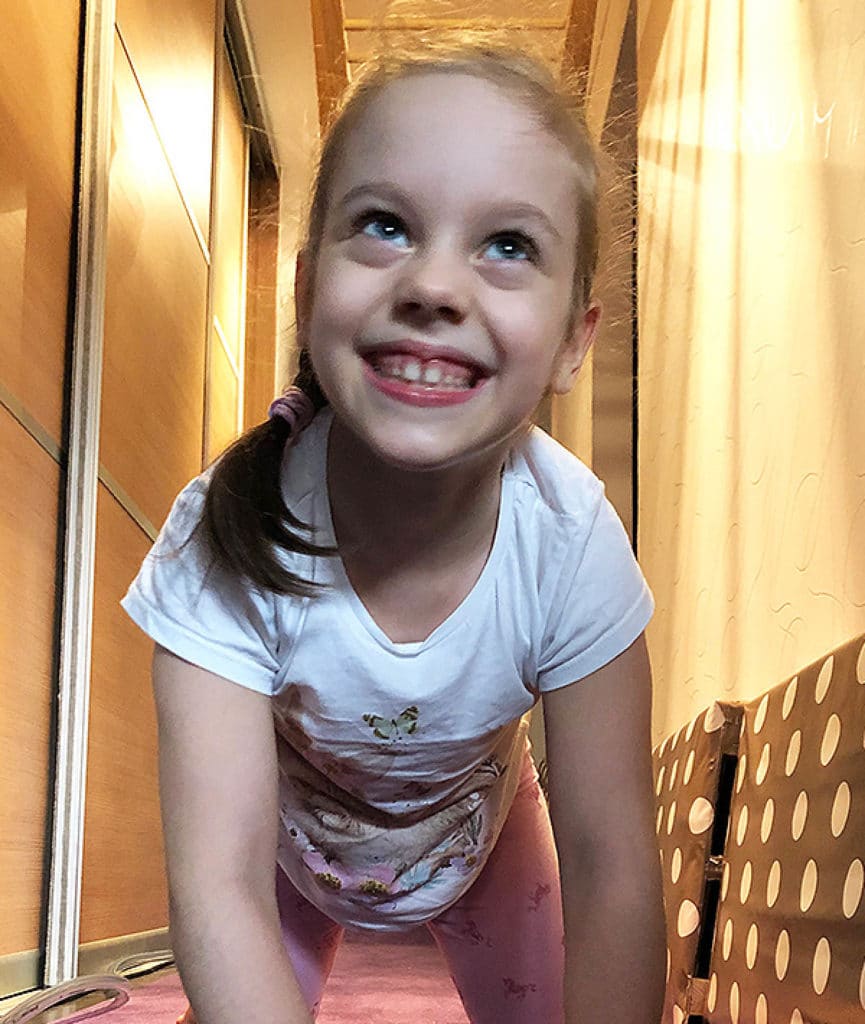
Is Your Child Brain-Injured?
There are more than 300 symptomatic labels used to describe children who have problems in the central nervous system. These labels rarely include the brain. This is tragic for parents who waste precious time treating the symptoms and limited resources chasing after a proper diagnosis.
The children with these frightening labels are brain-injured children. Their problems originate in the brain, not the periphery. All treatment to be effective must begin with a real diagnosis. If your child has one of these symptomatic labels your child is brain-injured.
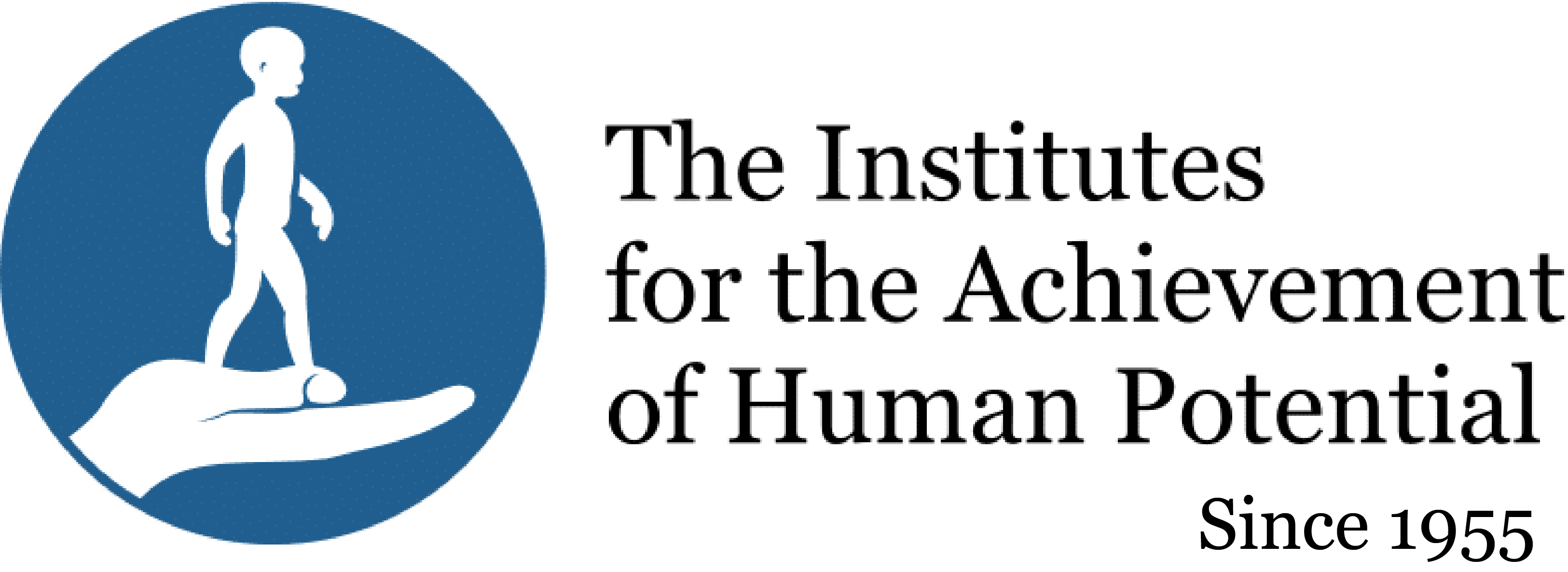
 Donate
Donate


